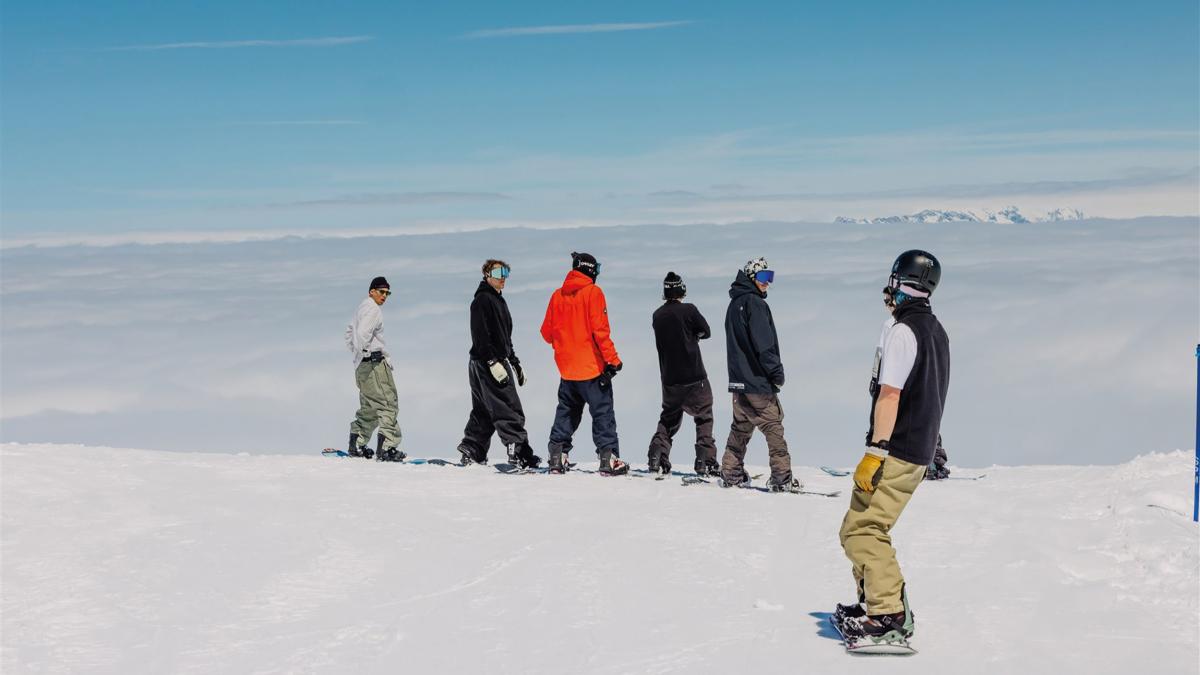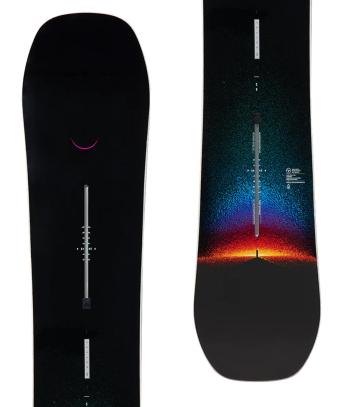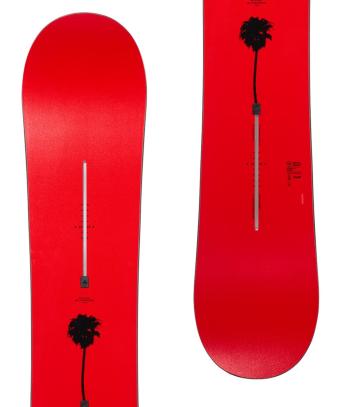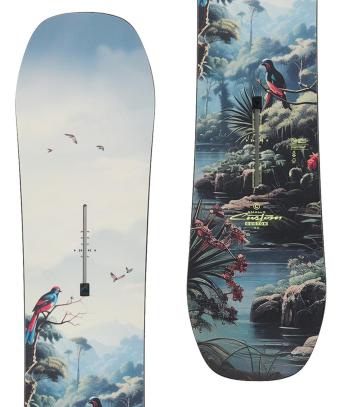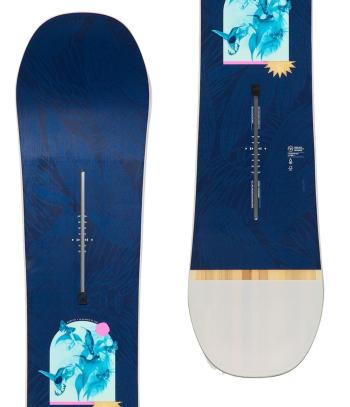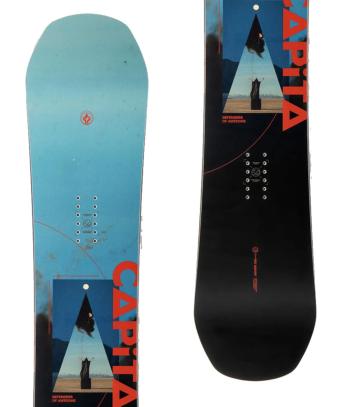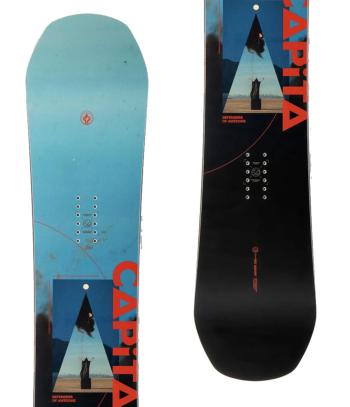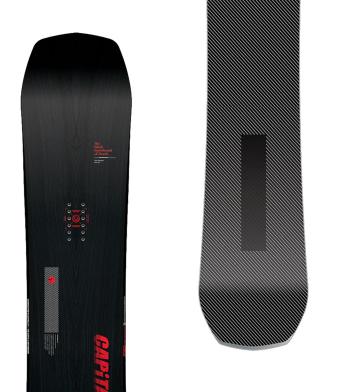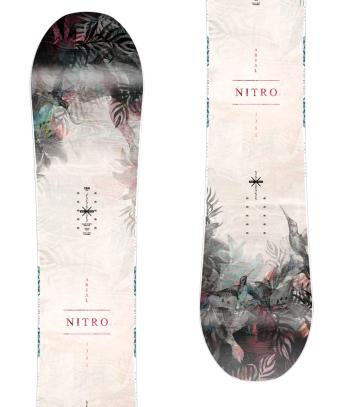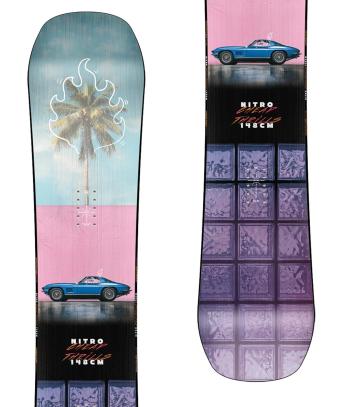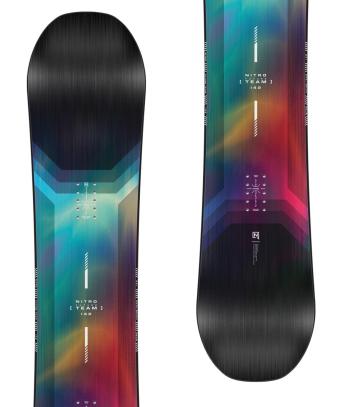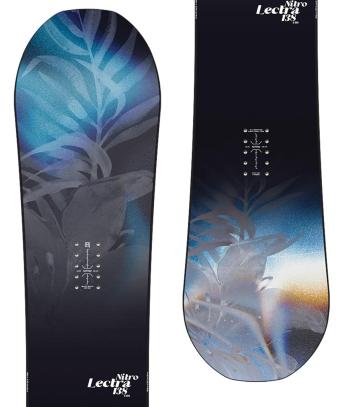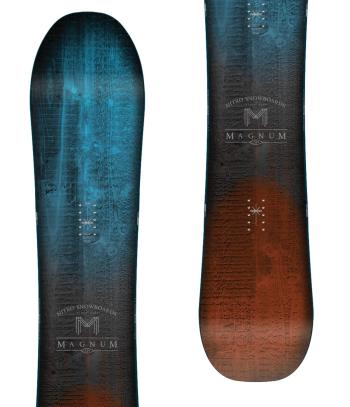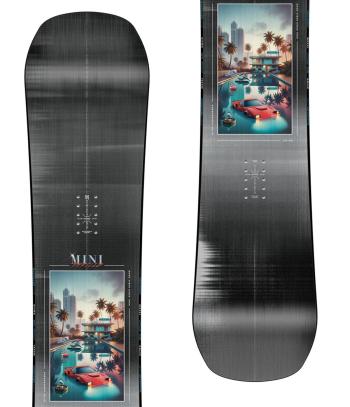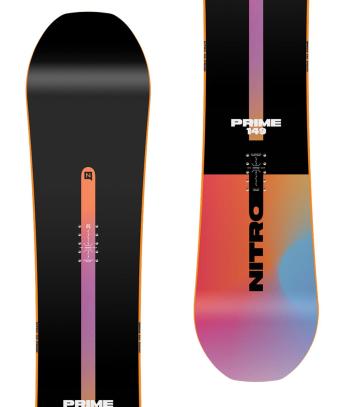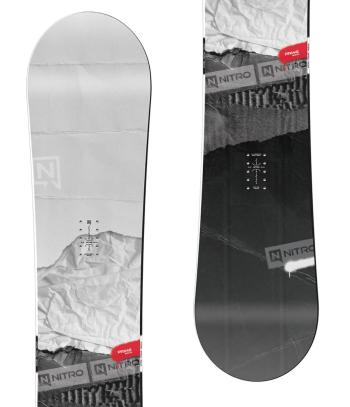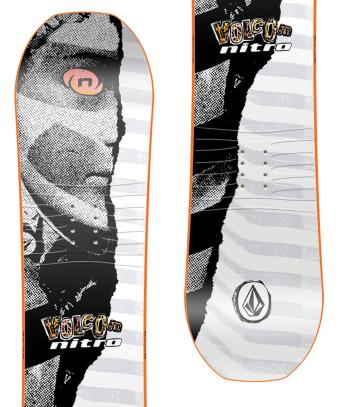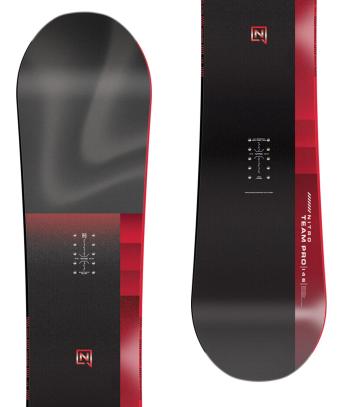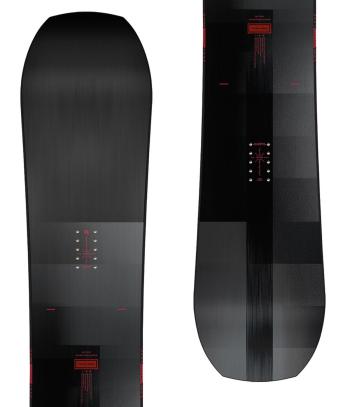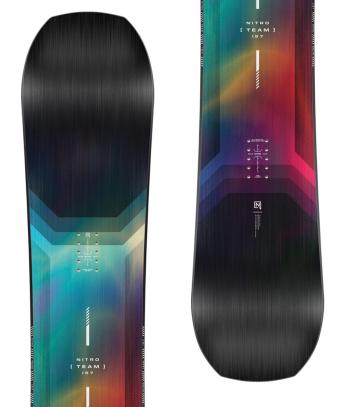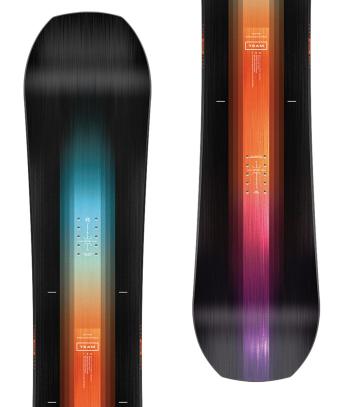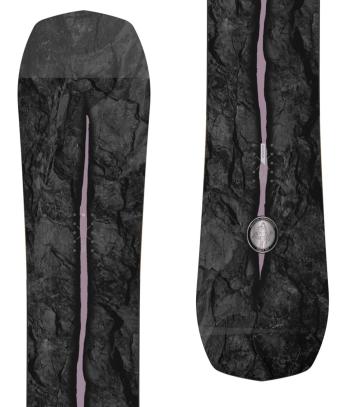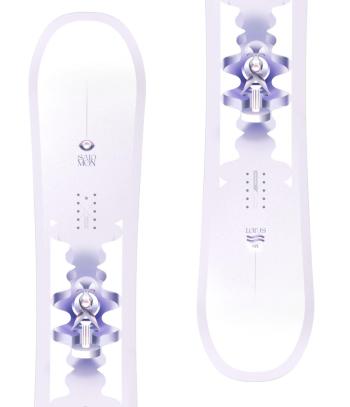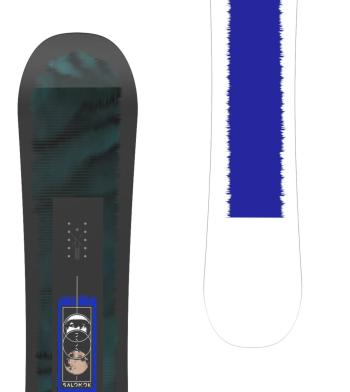Snowboard types
All-mountain snowboard
The all-mountain snowboard is one of the most versatile options, suitable for various terrain conditions. It is ideal for both beginners and advanced riders.
Features:
- Symmetrical or slightly directional shape
- Mostly medium flex
- Usable both on and off the piste
Recommended for: Beginners, advanced riders, and those who want to practice on diverse terrains.

Freestyle snowboard
Freestyle snowboards are designed for tricks and park use. They are lightweight, flexible, and have a symmetrical design.
Features:
- True twin shape
- Soft or medium flex
- Shorter length for easier maneuverability
Recommended for: Trick enthusiasts, jump lovers, and park riders.

Freeride snowboard
Freeride boards are designed primarily for off-piste, more technical terrain. They remain stable even at higher speeds.
Features:
- Directional shape
- Stiffer flex
- Longer and wider for greater stability
Recommended for: Advanced riders seeking a challenge on fresh powder slopes or steep terrain.

Powder snowboard
Powder snowboards are optimized for deep snow. Their wider nose and special shape allow them to glide effortlessly on top of the snow.
Features:
- Directional or tapered shape
- Wider nose and rearward-mounted bindings
Recommended for: Those who want the ultimate experience in deep snow, such as during backcountry adventures.

Splitboard
A splitboard is a unique snowboard that can be split into two, allowing it to be used as skis for touring.
Features:
- Split design
- Freeride-oriented setup
Recommended for: Experienced tourers and backcountry enthusiasts who want to approach the mountains with their own power.

Snowboard shapes
Camber
Camber is a traditional curved shape that provides excellent stability and precise control. It's ideal for piste use and high-speed riding.

Flat
The flat profile offers neutral properties, striking a balance between camber and rocker. It provides stability while being an easy-to-handle option.

Hybrid
Hybrid profiles are combinations of camber and rocker, offering versatility. These models are ideal for those who want to snowboard on diverse terrains and conditions.
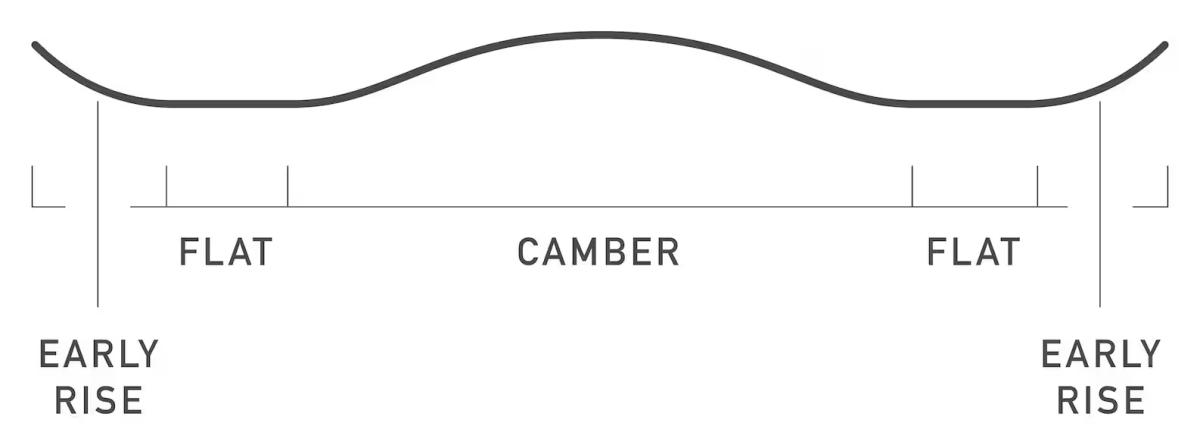
Directional vs. Twin
Directional: Optimized for one-directional use, common in freeride boards and some all-mountain boards. Characterized by a longer nose and stiffer tail.
Twin: Symmetrical, providing equal performance in both directions. Ideal for freestyle snowboarding.
Directional Twin: A combination of directional and true twin boards. The shape is symmetrical, but the flex and setup may differ between the front and back feet. Ideal for those who want to snowboard across various terrains and styles.
Selection criteria
Skill level:
For beginners, forgiving flat profile boards are recommended, offering easier handling and greater stability. For experienced, speed-oriented riders, camber or hybrid models are ideal, providing higher precision and performance.
Body type and size:
In general, the snowboard length should fall within the range between your chin and nose. It's important to consider weight and shoe size:
- Weight: Heavier riders should choose a stiffer board for greater stability. Longer boards also distribute body weight over a larger surface area.
- Shoe size: For those with shoe sizes 44 or larger, wider boards are needed to prevent overhang.
Usage purpose:
Consider whether you'll be using the board on the piste, in the park, or in deep snow. All-mountain models are versatile, powder boards are suited for deep snow, and freestyle boards excel in the park.
Profile and shape:
The camber profile offers stability and precision, while the flat profile provides more floatation and easier turns.
The hybrid profile is a more universal choice for those wanting to snowboard in various conditions.
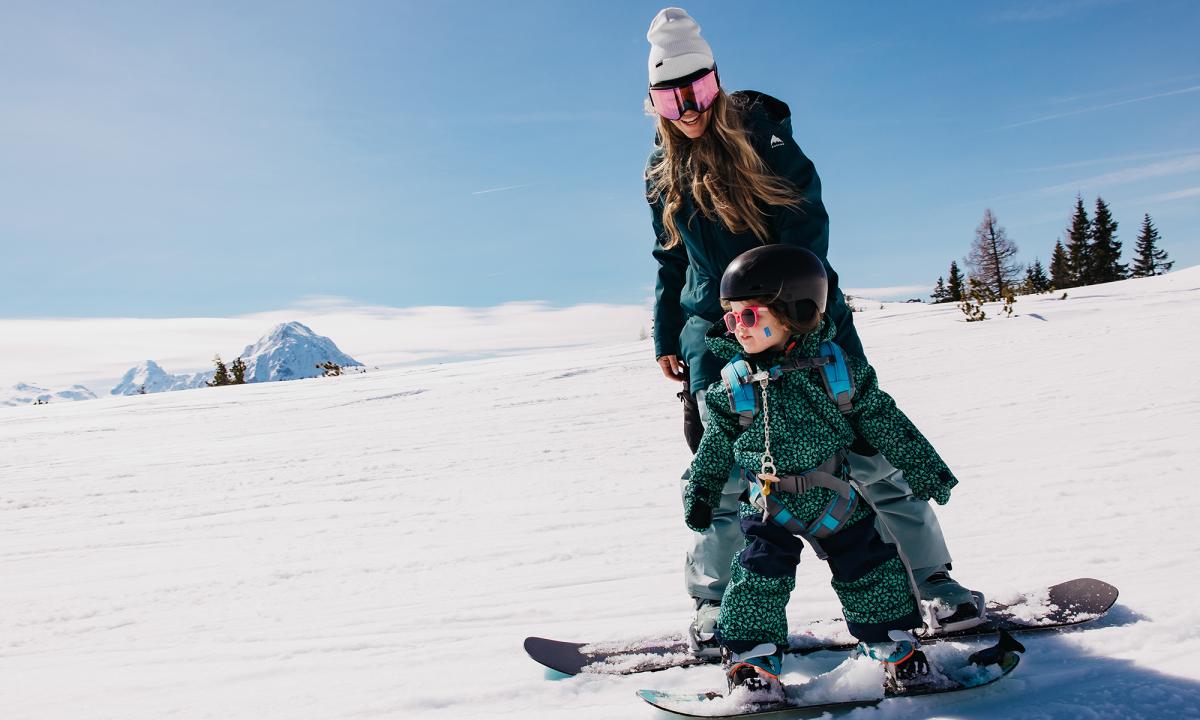
Additional snowboard features
Radius:
This parameter shows the board’s turning ability. The radius helps determine whether the board is better at making tight turns or long arcs. The smaller this value, the easier the board turns, and it tends to have a more "piscot" shape, meaning the edges are wider compared to the center of the board. With a larger value, the board is less maneuverable but can reach higher speeds with more stability.
Effective edge:
This is the metal edge that makes contact with the snow and provides control and stability. A longer effective edge offers more stability at higher speeds and during turns, while a shorter effective edge makes the board easier to maneuver, making it ideal for spins and quick direction changes.
Selecting a snowboard is a complex process that takes into account your skill level, body type, usage purpose, and budget. Our expert team is here to guide you in choosing the ideal snowboard, ensuring unforgettable adventures on the slopes.
